This was a hard post to write and I don’t blame you if you skip over some parts. I seriously considered putting some naked pictures in here to spice things up. Of me.
Let me begin the post by first saying this:
“The best soil for your bonsai is that soil which works best for you”
It almost seems that, on the subject of soil composition, there is more bullying and intimidation than anywhere else in the world of bonsai.
But be steadfast: Don’t let anyone guilt you into changing your soil. If your trees are healthy, you may not need to change anything. It is watering habit more than soil composition that keeps your trees alive.
The purpose of this article is to present some facts and then tell you what I use myself. What I use works for me, here in Florida, outside, in the full sun. But, keep an open mind, because something you read here might work better for you. My aim is to teach you and not just tell you what is best.
I have spent many hours scouring different sources and scientific abstracts; not just in the bonsai area but in varied fields ranging from waste cleanup, soil management, sewer treatment and (yes!) even aquarium maintenance. Horticulturally speaking, I’ve read in the areas of: cacti/succulents, bulb growing, hydroponics, seed germination and propagation, etc….and yes, in bonsai.
So…..Let’s begin with the old standby, akadama. This is a clay mined from beneath the cryptomeria forests in Japan. The literal translation is “red ball”
It is used by just about all Japanese masters. (though there has been supplemental use of river sand and pumice of late.)

Here’s a brand.
The depth of the mining is about 9-10 ft. The deeper the clay is, the harder it is. They then grade it for size and dry it, either in the sun or in a kiln.
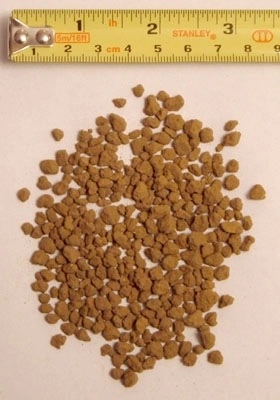
Here’s an idea of the particle size.
Akadama is not a hard particle. It will crumble and it does break down over time.
Let’s talk attributes; what characteristics we are looking for in the growing mediums we use.
#1. Particle size
#2. Water retention
#3. C.E.C
#4 Durability
#5. Aesthetics
#6. Availability
If I think of more I’lll add them on as I go.
So, #1 then. Particle size. The ideal sizes are 1/32″-1/4″. Sometimes larger but never smaller. And using 1/32″ is usually for top dressing, kusamono or mame size or smallish shohin and such.
I would refer you to Herb Gustafson’s book The Bonsai Workshop,
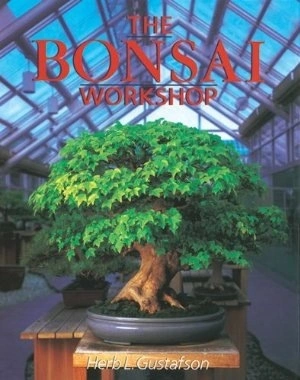
for a full scientific explanation of soil dynamics along with equations et al.
Akadama is available in all these particle sizes (for my international readers the sizes are about 1-6 mm or something like that.)
#2. Water retention.
Akadama has excellent water retention within the particle itself. It absorbs water and gives it off to the roots as the clay dries.
#3. C.E.C. Now, what is that?
It stands for cation exchange capacity.
What is “cation”? Well, it is a term that describes a molecule (an ion) that has a positive charge. Why is this important?
Most nutrients (nitrogen etc.) are cations. The soils we use have a negative charge and attract the nutrients and hold them, making them available for plants to use.
Some soils have a greater capacity for this process than others. I will give an approximate number in this format: meq/100g.
The higher the meq number, the better the cation exchange capacity.
Akadama has a 21/100g rate. As a reference, regular clay is only 5/100g.
#4 is durability. Akadama is not known for being very durable. It is clay, and unfired at that. Most people dismiss akadama because of this.
This link to Peter Tea’s blog (here) explains the use of akadama and why the fact that it breaks down is good.
This is a quote:
The reason why akadama is a good soil medium for bonsai is it evolves with the root system by breaking down. When a tree is first repotted, there are not many roots so fresh new akadama holds less water. As the tree grows more roots and demands more water, the akadama will break down and start to retain more water. There is a point though where akadama will breakdown so much that it will bind together and form a water repellant block that stays very dry. Depending on the tree variety, this may be a good or bad thing.
Read the whole article though. Follow his blog.
#5 Aesthetics
This will be a personal criteria.
I don’t like the look of akadama. I don’t think anyone does. That might be why they started putting moss on the soil. (See the moss posts mine and Michael Hagedorn’s link)
#6 availability
Unless you are in Japan, akadama is not readily available unless you go to a high end Bonsai nursery. I have heard hints and allegations that the U.S. will not allow the import of akadama anymore. Apparently some organic matter was found in some bags and its highly prohibited to import organic soil into the U.S.
Another use of high C.E.C. particles is to filter chemicals impurities. Fish tank hobbyists use it as a bottom soil layer. Any poisons or contaminants “stick” to the akadama instead of floating in the water.
The next soil component is controversial. The scientific name is “calcined kaolin” or “calcined clay”.
The brand name you will have heard most is Turface.
You will have heard and read both sides on this one. Like akadama, people hate it or love it.
Through the list.
1. Particle size. It comes in adequate sizes, and you will have to sift. Though many don’t.
2. Water retention. It does hold water within itself. And slowly releases it to the plant.
3. C.E.C. It has a rate of 25-30/100g depending on where you read. Slightly higher than akadama.
4. Durability. It is very durable but it can be crushed too. It will break down eventually with time as well. Not as quickly as akadama.
5. Aesthetics. It’s a bit like tan kitty litter.
6. Availability.
It is readily available from turf care places (its main use is baseball infields. For my British readers, baseball is like rounders.) and agricultural supply outlets.
The next component is technically called scoria. We in bonsai call it lava rock.
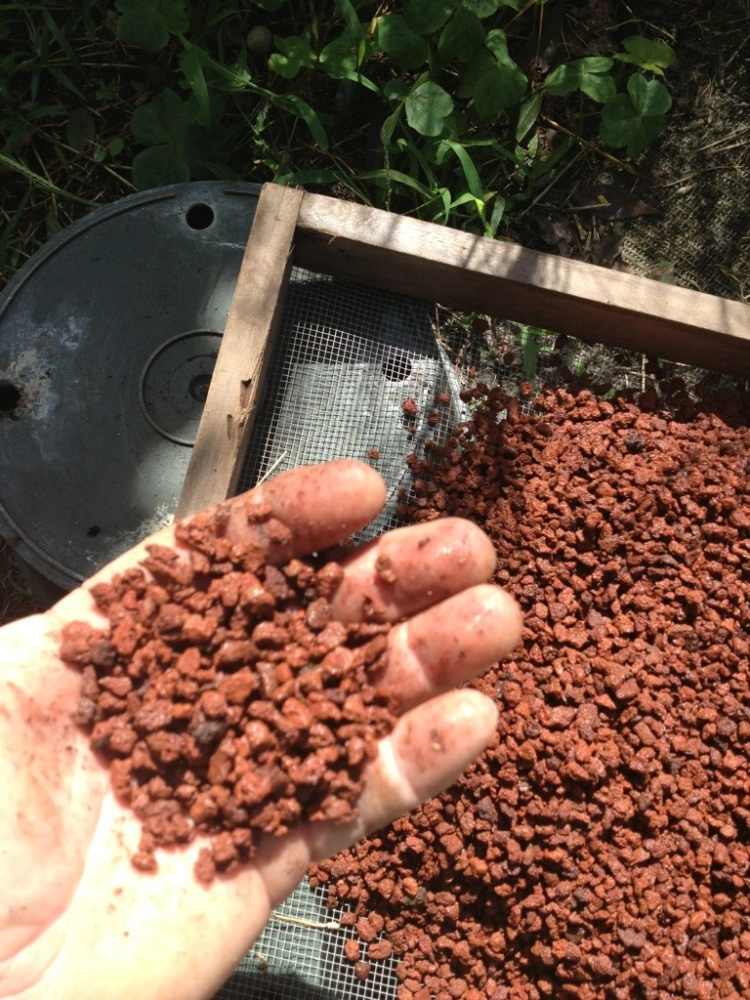
It comes from, surprise, a volcano.
It is found in basically two colors, black and red.
Criteria
1. In garden centers you will find it mainly in big chunks. If one is adept at rock crushing (Yabadabadooo!) one can get the correct particle size. Otherwise there are several sources for it in specialty bonsai nurseries and on the Internet. Wigerts has it (wigertsbonsai) as well as Orlando Bonsai (orlandobonsai.com).
2. It has many tiny holes that hold water and gives it off to the roots.
3. Little to no C.E.C
4. It lasts indefinitely and can be reused.
5. Aesthetics:There is a debate as to whether black or red is better. We have red here in Florida. It’s probably better as black would get too hot in our sun.
6. Availability. Like I said, it’s a staple in garden centers but very hard to find in the correct size except through the Internet or bonsai nurseries. Shipping will likely cost more than the product.
Lets talk Haydite now.
Haydite (the brand name) is an expanded shale product (the process is much like how you get Turface, with high heat)
The stats (I know, I’m having trouble writing them, very tedious work here. No wonder its taking me months to finish)
1. Particle size. Very adequate with little waste after sifting. It is made for (as one of its uses) agricultural use.
2. It retains little water unless it’s been saturated for a few hours. The reason is the heating will form a seal on the outside surface. If you crush it there are air pockets but the water has to get to them. Therefore, if you live in a wet area, haydite might be a good solution to shed excess water.
3. There is some variation as to how much C.E.C haydite has. From sifting through all the evidence I would say little or none. On the official haydite website it doesn’t mention C.E.C at all so that leads me to believe it has none.
4. It lasts near forever and can be reused.
5. Aesthetics: it comes in neutral greys to tan. Not bad to look at.
6. Availability. You will have to search for it. Like most of these particles, the shipping will cost the most.
Perlite next.
This particle is a naturally occurring mineral (no, it is not styrofoam!)
It’s made by heating (like most of these substrates) and it literally pops like popcorn.
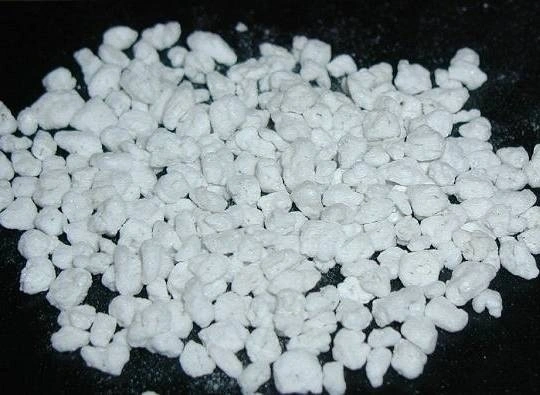
1. Particle size. It can be found from 1/2 inch down to dust. If you are using it in bonsai soil make sure you sift it well as it is soft and easily crushes.
2. It retains some water but mostly it is a space filler.
3. Has no C.E.C.
4. It doesn’t degrade but repeated use will crush it. It’s very soft.
5. It is pure white. If you moss your trees this won’t matter. I don’t like the color myself.
6. It is readily available. Any garden center should have it at an inexpensive price.
Here’s some more controversy for you: pine bark.
I have read the USDA abstract (in full, I did not pick and choose) on the field trials using pine bark. And, after reading it, I understand fully where some people might over look some evidence and mis-read other findings because it already supports their “views”.
Lets state some facts.
1. Particle size. Being a naturally occurring, organic product (pine/or fir bark) the particle size is variable. The brand and product I recommend is Fafard’s Organic Soil Conditioner.
It already comes in small particles of pine bark. You can use your food processor to chop the mulch if you prefer. You will have to dry and then sift the pine bark. It has many fine particles which make for poor drainage.
2. It retains a good deal of water.
3. There is nothing yet that comes close to the C.E.C. Of pine bark:150. There is a half truth circulating out there about pine bark (when it bio-degrades) stealing the nitrogen in the soil (it’s actually the micro-organisms using it to break down the bark) and “starving” the plant. The truth is that, yes, this occurs. When you read further,though, the whole truth comes out. In the first season this “nitrogen robbing” (it’s actually a process of storing the nitrogen) occurs. In the second season these bacteria actually release and make available the “stolen” nitrogen back to the plant. 2nd year plants in pine bark do better than the controls in the experiments. Think about that. And the two plants that do better in pine bark than any other plants? Pine (duh) and juniper. Two plants that are of particular interest to bonsai. Makes you go hmmmmnnn.
4. Being organic it does degrade. This is a big negative with the bonsai true believers. If you clicked on the Peter Tea article you will know already that this breaking down is not a bad thing. If you didn’t read it, go back and do it know. I’ll wait.
5. It is brown to tan in color. Not bad at all. Much like soil.
6. The big mulch size is easy to find. I recommend the Fafard brand though. You’ll have to go to an independent nursery to find it.
The next few components are not so common yet.
Let’s talk pumice.
The Japanese use pumice in some of their mixes and in the US it’s becoming popular.
1. It is a volcanic rock and can be as large as a house. Horticultural pumice (if you can find it) is of suitable size. You will have to sift as it does break.
2. It has a porosity of 90%. Which means its full of bubbles. So many bubbles that, when it is dry, it floats.
3. It had very low C.E.C. It is essentially glass
4. It is soft but doesn’t degrade. In animal husbandry it is sold as a permanent stall bedding ( the brand-name is Drystall).
5. It is almost as bad as perlite as it is mostly white. It comes in particles from tan to gray to white.
6. Not easy to find unless you go to a specialty store like a bonsai supplier or a feed store.
Diatomaceous earth.
I really haven’t heard of this (as a soil) until I started researching soil components. There is a powder available for use as a filtering agent. Don’t use this.
What is diatomaceous earth (D.E.)?
It is (basically) fossilized microscopic algae. It has microscopic pores that can store water.
It can be used in powder form as an insecticide by acting as a desiccant. It literally sucks the juices out of the bug.
For use in horticulture it must be of fresh water derivation (its fossil algae,remember?) and calcined. Which means heat treated and purified.
So,
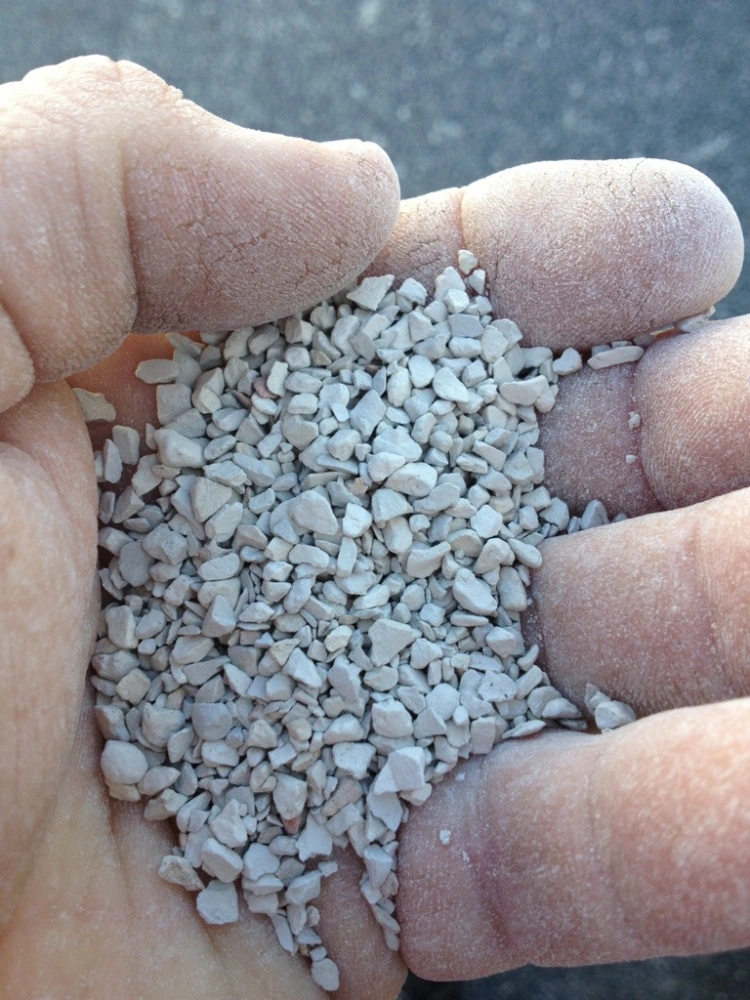
1. Particle size. The best sized product is the oil-dry product from NAPA auto parts (part #8822). You will have to sift.
2. It holds water very well. It can absorb up to six times its weight in water
3. It’s C.E.C. Is about 27/100g. Pretty good.
4. It is soft and can be crushed so its not reusable much. I am told the European product is harder
5. It’s greyish in color here in the US, (In Europe it’s pink I understand; the color is dependent upon where it is mined). And the particles are much like turface.
6. Like I said, in the US it’s available at NAPA Auto parts. It is used in kitty litter as well ( Read here from Harry Harrington’s Bonsai4me site)
Now to one I just found. It’s called LECA. Lightweight Expanded Clay Aggregate.
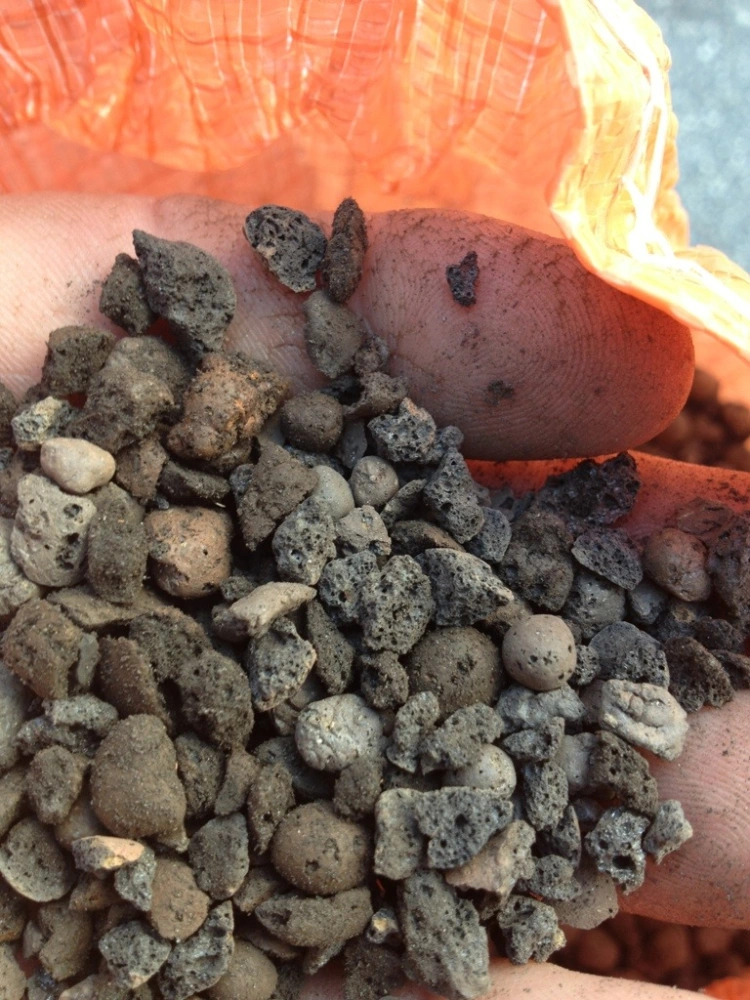
It’s made of clay but looks like scoria. It’s man made, very lightweight and not bad looking.
1. The rounder pieces are too big but could be crushed further. It needs sifting and sorting definitely
2. It holds water within the “bubbles” but I think that, like the expanded shale, water needs a lot of time to penetrate the smooth edges.
3. Little to no C. E. C.
4. It is durable, a little softer than scoria but harder than pumice/perlite. It won’t degrade
5. Dark like black lava rock. Not bad
6. It’s more available in the Old World than here. I found it at a hole-in-the-wall place selling bonsai.
Next I’ll talk about the various rocks people use. But all at once because they are pretty much the same. Granite, quartz,etc. don’t use limestone generally or crushed concrete. The ph is way off for most trees.
1. You can find rocks in the correct sizes. Aquarium pebbles, aggregate used in building etc.
2. They don’t hold water. They just take up space.
3. No C. E. C. In rocks or sand.
4. Durability? Well, rocks is rocks, man! Really.
5. Rocks come in all shapes, colors and sizes.
6. Availability. You’ll have to search a bit but floor tile suppliers, pet stores and feed stores (chicken grit) are good places to look.
Then there is peat moss. Not really suitable for bonsai. The particle size is just too small. The C. E. C. Is good though.
And then there is this one guy out there who uses nothing but sphagnum moss. Seriously, he bare roots the tree and then fills in the spaces completely with nothing but long fibered sphagnum moss. It makes for an easy job carrying the trees I guess.
Now some discussion on the shape of particles.
There’s a lot out there about the shape and/or “sharpness” of particles supposedly splitting the roots. This goes back to old timer nurserymen adding “sharp sand” to their potting mixes and thus doing so, get better roots. The thing is, sharp sand does not necessarily mean it has sharp edges. It’s other names are coarse sand and builders sand.
It is, simply, sand that is bigger in particle size. It is this larger particle size (compared to peat moss) that opens up the mix and let’s more air in, and it is these air pockets which help the roots grow. Roots don’t really split themselves upon the sharp edges of the “sharp” sand.
The mechanism is this. If there is a space to grow, the root will grow.
I’ve also heard that the flat plates of pine bark actually block the roots from growing. Uh huh.
The optimal percentages of components in a soil mix for ideal plant growth are thus:
45% mineral/inorganic
25% air
25% water
5% organic
This is from http://www.landfood.ubc.ca and here specifically.
There are many more components that are used I’m sure, and new products being created and sold every day. There’s a geologist working on finding a form of akadama in the US near Mt. Saint Helens in Washington state.
Charcoal is being used. It has high C. E. C. and as such is very effective in filtering out impurities.
Then there is kanuma. A soil recommended for azaleas. It is slightly acidic (why azaleas grow well in them). It is a type of pumice.
In the Old World calcined clay is called acrillite and has a different molecular structure than ours. Etc. etc. etc.
So, what do I use?
At the moment I use red scoria (lava rock) calcined clay (usually Turface brand or their private label) and Fafard Organic Soil Conditioner.
The reason? That’s what I have available. The lava is getting harder for us bonsai people in Florida to get but, I’m sure if we are willing to pay for it, we will still be able to get it. I may start using expanded shale more as I’ve found a cheap source for it.
Turface is easy to find as there is a BWI warehouse not far from me.
And the pine bark helps retain moisture and holds nutrients. It also breaks up the “alike-ness” of the minerals and keeps the mix airy, fluffy, so to say.
I dry and sift the pine bark. I sift the Turface. I wash the lava rock.
And an important reason I use my mix: bonsai, being an art, I just like the look of it. The red, tan and brown go well together.
I’ll do a post on the procedures I use making my soil soon. You’ll enjoy it. I have an advantage no one else has, you see. I have…. The Machine.
Well,that’s it. Finally.
Hopefully this long labor of mine is useful. Any questions? Because there will be a quiz.
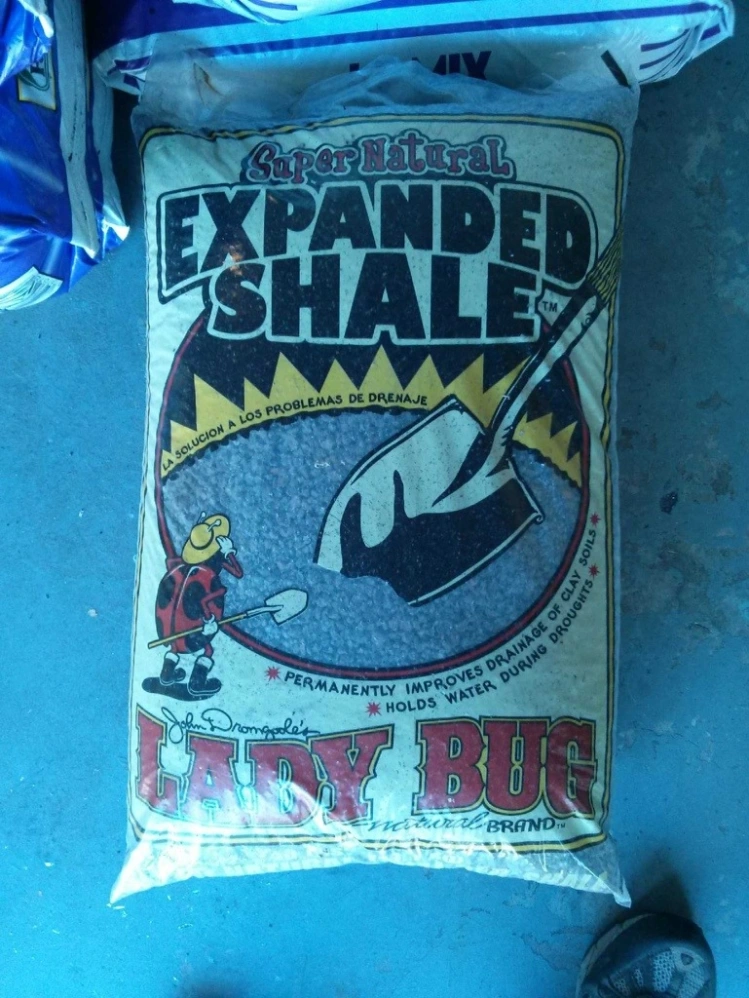
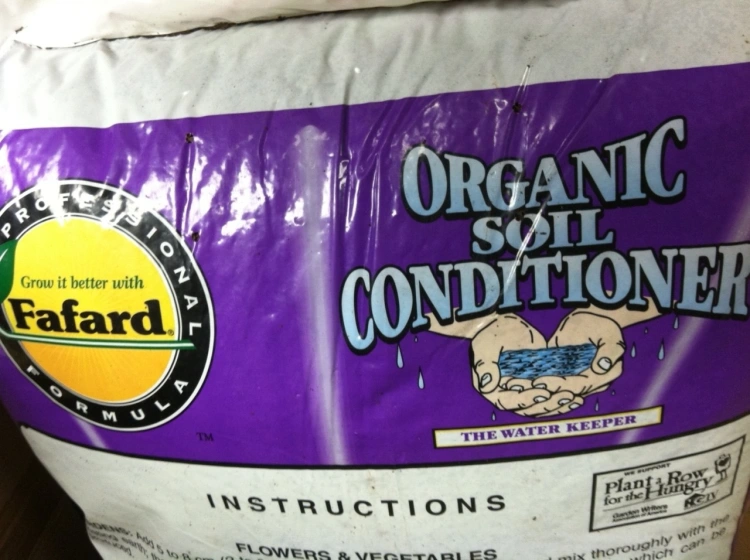

Excellent and humorous too!
LikeLike
Very nicely done. Some things to think about.
I guess a point to add about akadama. On Peter Tea’s last visit back from Japan we were talking about soil mixes and he said, “do you know why they use akadama in Japan? It’s because that’s what the sell at the hardware store.” That’s not to say it doesn’t work great for our purposes. His point was, it’s worth looking into other things to use, that work just as good, that are more affordable, and don’t need to be imported from the other side of the globe.
LikeLike
I totally agree. That’s why I use what I use. Thanks for the Peter Tea quote. I shall use it
LikeLike
Thanks for demystifying the soil components for me. I’ve always been curious why some people live or die by their soil creations — this has helped somewhat to explain why. I appreciate the tedious post. You made discussion of dirt about as interesting as it can get.
LikeLike
Thanks for the information!
Would you consider the use of vermiculite as soil for bonsais?
Thanks in advance!
LikeLike
I had looked at the possibility but the particles are mostly too small. After sifting and grading it you wouldn’t have much left to use. It works well for seed starting and taking cuttings.
LikeLike
Thanks Adam! Always enjoying your blog.
LikeLike
…and it holds a ton of water within its structure and can make things soggy. Best used as per el jefe.
LikeLike
awesome post, thanks
LikeLike
Thank you
LikeLike
Only Adam could make a post about DIRT interesting! I didn’t even know I didn’t know that stuff. Thx again for an excellent and well-researched post.
LikeLike
There’s going to be a short follow up soon so stay tuned
LikeLike
Wow. Thanks for the information. You said you sold your soil mix. I’m in FL and would love to buy some and come by the nursery and bring you beer. Hit me up: jawalker@fscj.edu
LikeLike
Thank you! The best article so far. Lots of information. Keep up the good work.
LikeLike
Adam, what about Kiryusuma?
LikeLike
If I couldn’t get it or never heard of it it didn’t make the list. There is a thing called calidama I didn’t look at as well.
LikeLike
Most comprehensive break down I have read. Thank you, thank you, thank you. I am a beginner and just starting my study of various soils. I won’t need them for awhile but today I picked up some #8822, and pine bark. I still have to decide what else I want in my mix, but like I said, I’m a ways from this step yet. I might start out repotting a teeny tiny juniper and seeing out that goes. I still associate plants and actual dirt together. I’m going to have to over on from this thought process.
LikeLike
So……I live in southern California, upper desert area. Im thinking of trying safe t sorb from Napa auto and black gold cactus potting soil. What are your thoughts or suggestions?
LikeLike
I’ve never seen Black Gold cactus soil so I can’t comment on it. But it depends on what type of plant for what type of soil.
And if yo use the cactus soil you still need to sift out the fines, anything smaller than 1/8″ gets thrown out
LikeLike
Reblogged this on Wolf's Birding and Bonsai Blog.
LikeLike
Well worth waiting for! The info about relative amounts of component types in finished mixes was essential. The dynamics make all the difference.
LikeLike